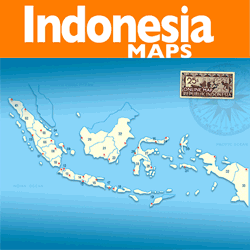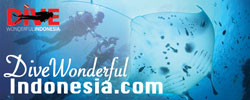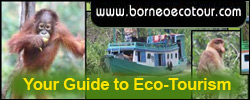The Protector of Turtles Extinction Named Jeen Womom Coastal Park
West Papua Province on Papua island is the most important province for the sustainability of turtle habitat. Not only in Indonesia, West Papua also plays a very important role for the world's turtle habitat because Tambrauw Regency is the main habitat for four of the total six species of turtles in Indonesia. Turtle habitat in Tambrauw is located in two coastal areas, namely Jamursba Medi beach (Jeen Yessa) and Warmon beach (Jeen Syuab). The two important beaches that included in Abun District area, in 2015 were later merged into one area and named Jeen Womom beach by the local indigenous community.
The name change was carried out during a traditional ceremony to summon leatherback turtles (Dermochelys coriacea) by indigenous peoples that year. Regarding the name Jeen Womom, the indigenous people chose it because it comes from the local language and means turtle beach. The distance between the two beaches that have been merged is 30 kilometers.
Apart from leatherback turtles, in Jeen Womom there are also three types of turtles whose status is now protected by the Indonesian government: Lekang (Lepidochelys olivacea), Green (Chelonia mydas), and Sisik (Eretmochelys imbricata). The four types of turtles are accustomed to laying regular eggs throughout the year. Based on consideration as a turtle habitat, the Indonesian Government then decided Jeen Womom as a Coastal and Small Islands Conservation Area (KP3K) and then managed it into a Jeen Womom Coastal Park (TP).
The designation as a Coastal Park (TP) contributes to the achievement of the vision and mission of Tambrauw Regency which declared itself a conservation district. To maintain the extinction of turtles, Indonesia feels the need to monitor turtles and control predators as an effort to protect turtles. There are a number of animals that naturally prey on turtles and their eggs, such as wild boars, dogs (pet and wild), monitor lizards, eagles, crabs and estuarine crocodiles.
Monitor lizards and dogs, have an excellent sense of smell, able to detect the presence of turtle eggs with nest depths ranging from 30 to 40 centimeters. Even able to detect leatherback turtle eggs with nest depths between about 80 to 100 cm.
There are more than 200 turtles laying eggs in Jeen Womom a year. Usually the turtles that lay eggs have reached 15 to 30 years age and it takes 6 months to release the hatchlings. Before released, the mother turtle will dig a large hole up to 1 meter depth. There the mother turtles will hide the hatchlings from predators. After that, the mother turtle will return to the Pacific Ocean to hunt for food and reproduce again.
There is also a giant rock called Batu Penyu, a habitat for leatherback turtles. The more unique because the rock has a shape resembling a turtle. The center of the giant rock is curved, similar to the back of a turtle. While at the very front facing directly to the sea, it is shaped like a giant turtle's head. The rock turtle is a mythical icon in Jeen Womom. The existence of the rock also reaps various interpretations.
How about, are you interested in seeing leatherback turtles laying their eggs on Jeen Womom Beach?










